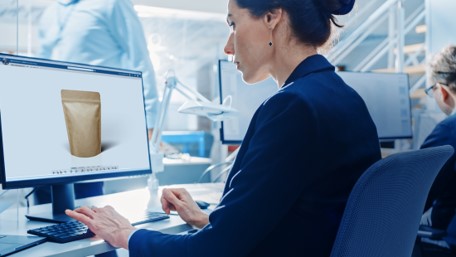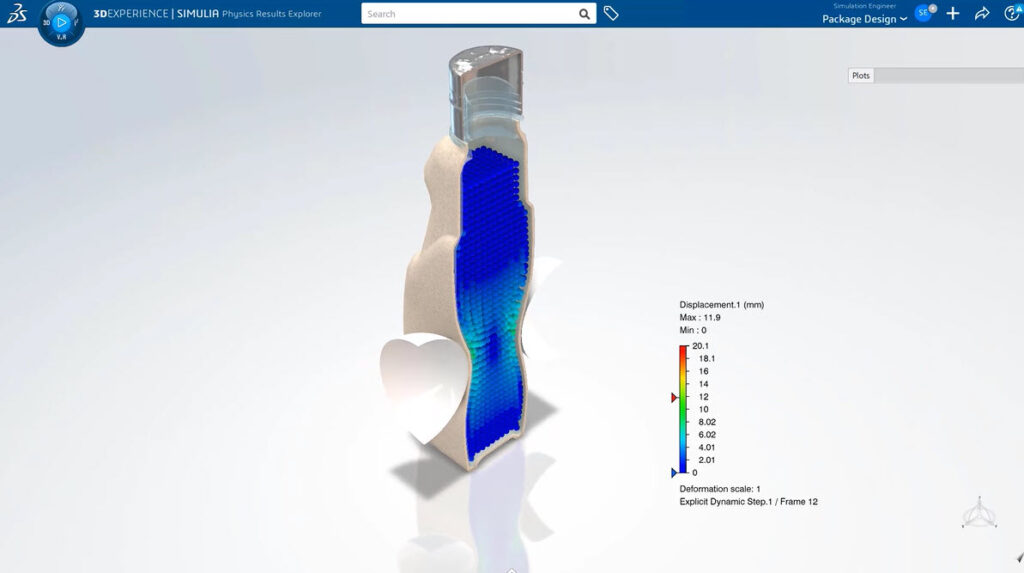Recently, *Packaging OEM* magazine had an insightful conversation with Ray Wodar, the global director of business consulting for the Consumer Packaged Goods (CPG) and Retail industry at Dassault Systèmes. They discussed how CPG brands can expedite the development of eco-friendly and sustainable packaging designs. Below is a concise Q&A highlighting Ray's responses to four out of the eleven critical questions about sustainable packaging efforts within the industry:
1. **Beyond Materials, What Factors Should Be Considered When Designing Sustainable Packaging?**
"Creating sustainable packaging goes beyond selecting the right materials. To minimize environmental impact and maximize sustainability, you need to consider multiple aspects. First, optimize the size and weight of the package to reduce material usage and avoid unnecessary bulk. A lighter package not only cuts down on material costs but also decreases transportation-related emissions. It's crucial to evaluate the entire supply chain to understand the environmental footprint from production to distribution. This includes assessing the distance materials and finished goods travel and the associated carbon footprint. End-of-life considerations are equally important. Packaging should be designed for easy disassembly if possible, with clear instructions for recycling or disposal. Choosing materials that align with recycling systems or are biodegradable in industrial composting facilities is essential. Additionally, balancing the cost profile of the package is vital—weighing material cost, weight, and quality to ensure consumers receive good value while maintaining healthy profit margins."

2. **What Regulatory Pressures Are There Regarding Sustainable Packaging?**
"Sustainable packaging is increasingly shaped by regulatory pressures. Governments and regulatory bodies at various levels are driving changes that influence how companies design and manage packaging. Extended Producer Responsibility (EPR) programs are becoming common, where producers are held accountable for their packaging throughout its lifecycle, including disposal and recycling. Companies might need to cover or contribute to the costs of collection, recycling, or disposal. Many regions have banned or restricted single-use plastics, such as bags and straws, pushing businesses to adopt alternative solutions. Some governments are setting specific targets for reducing waste, increasing recycling rates, or cutting down on packaging waste. Non-compliance can result in penalties. For multinational companies, international regulations like the European Union’s Packaging and Packaging Waste Directive play a significant role in shaping packaging strategies."

3. **How Can 3D Modeling Software Aid in Sustainable Packaging Design?**
"3D modeling software is a game-changer in the design process, offering a dynamic platform to explore and refine sustainable packaging solutions. Designers can visualize packaging concepts using detailed 3D models, allowing them to see how sustainable materials and design elements will perform in real-world scenarios before producing physical prototypes. Advanced simulations can test the durability, functionality, and fit of the packaging under various conditions, helping optimize the design for better performance with sustainable materials. Furthermore, integrating lifecycle assessment (LCA) tools into 3D modeling software enables designers to assess the environmental impact of their packaging choices, providing insights into the potential footprint of different design options and materials."

4. **In a Circular Economy, Does Recycling Influence Packaging Design?**
"Absolutely. In a circular economy, the design process must account for how the packaging will be recycled. The core idea of a circular economy is minimizing waste and maximizing resource efficiency. This means considering the entire lifecycle of a product, especially its end-of-life phase. When designing for a circular economy, key considerations include choosing recyclable materials that are easy to separate from other components. Biodegradable or compostable materials might also be incorporated. The goal is to create a system where materials can be reused or recycled efficiently, reducing waste and environmental impact."

For the full interview, visit *Packaging OEM* magazine [here](#). Additionally, explore more on the MODSIM topic for packaging and download a free ebook on our website.
---
As sustainability continues to shape the future of packaging, staying informed about best practices and leveraging innovative tools like 3D modeling software can empower brands to lead the way in eco-friendly design. Whether driven by regulatory pressures or consumer expectations, embracing sustainable packaging is not just an option—it’s a necessity for long-term success in today’s market.
We are the factory to produce kinds of tempered glass products,the cake tray is one of them,it can be clear,picture one and also can be silk printing one.The sizes and packages both can be customized according to your request for it.Our factory produce such products for more than ten years and if you are interested in it,welcome to contact me freely for more information,tks.
35cm Diamter Cake Tray,35cm Diamter Cake Stands,35cm Diamter Clear Glass Cake Tray,35cm Diamter Tempered Glass Cake Tray
the shahe city of toughened glass factory , https://www.temperedglasszd.com